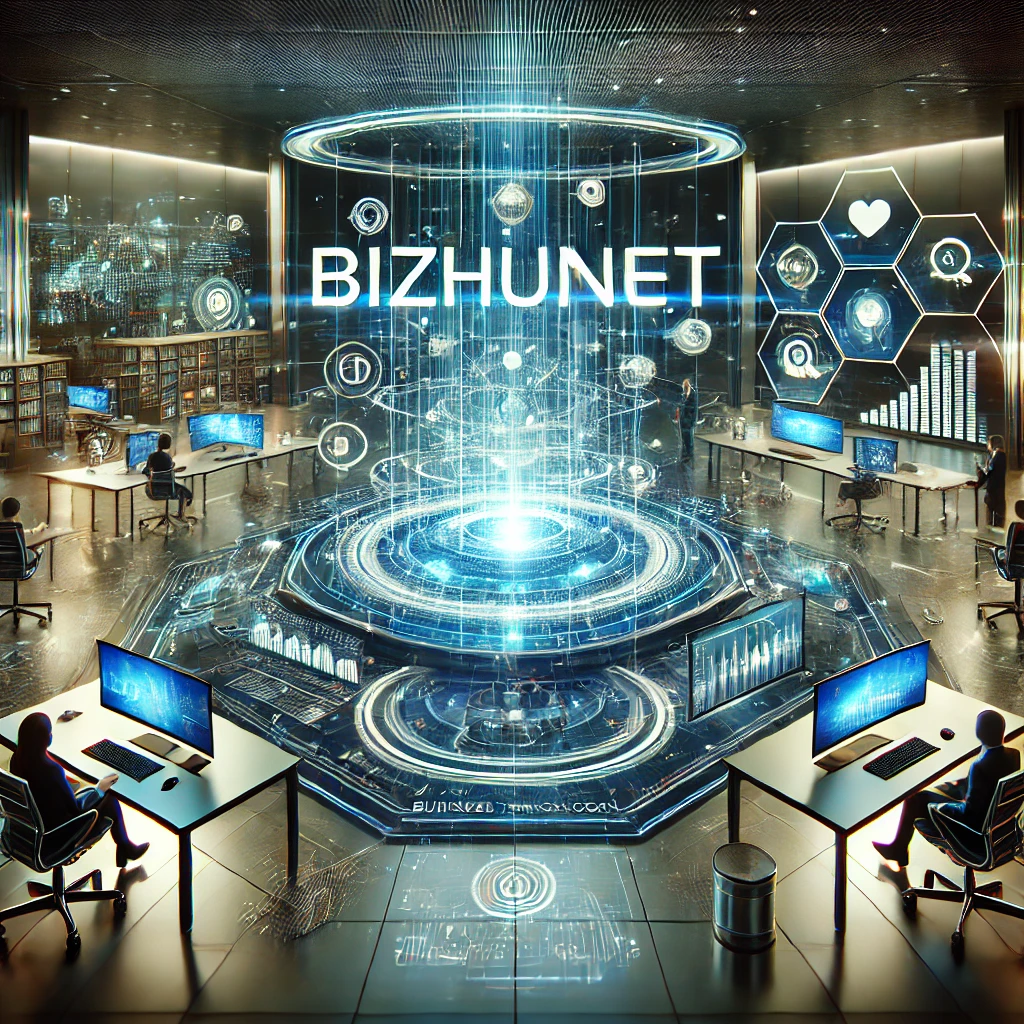
Introduction to Pi123
Pi123 represents a significant concept that has garnered attention due to its unique attributes and relevance in contemporary analysis. Originating from the field of mathematical applications, Pi123 denotes a value that holds intrinsic connections to various disciplines, including technology and engineering. The roots of Pi123 can be traced back to foundational mathematical principles, yet it has emerged in modern contexts, showcasing its adaptability and applicability in numerous fields.
One of the pivotal factors contributing to the prominence of Pi123 is its integral role in computational algorithms. These algorithms often utilize Pi123 as a key variable for processing and analysis, leading to enhanced accuracy and efficiency in performance metrics. This is particularly notable in data-driven sectors, where precision is paramount. Furthermore, Pi123 has become a focal point for researchers seeking to innovate and develop new methodologies grounded in its principles, highlighting its impact on the advancement of technology.
Moreover, the versatility of Pi123 enables its association with various phenomena, making it a topic of interest for professionals across different domains. In technology, for example, Pi123 has been linked to programming frameworks that leverage its unique properties to optimize performance. By understanding Pi123, stakeholders can better navigate the complexities of computational tasks. Additionally, the growing demand for expertise in Pi123 reflects its increasing relevance in emerging trends, including artificial intelligence and machine learning, where its applications are continuously explored.
In essence, Pi123 not only serves as a mathematical constant but also evolves into a crucial element fostering innovation and progress within various fields. As we delve deeper into the world of Pi123 in subsequent sections, readers will develop a more comprehensive understanding of its mechanisms, implications, and transformative potential.
Applications and Importance of Pi123
Pi123 has established itself as a pivotal element across multiple industries, demonstrating significant versatility and utility. Its applications encompass a variety of fields, including technology, education, finance, and healthcare, showcasing how it can enhance processes and outcomes. In the realm of technology, Pi123 often serves as an algorithmic foundation, enabling advanced computational techniques that optimize data processing and analytics, which are essential for informed decision-making.
In education, Pi123 has revolutionized the way learning materials are structured and delivered. By applying Pi123-based frameworks, educators can create adaptive learning environments that cater to the unique needs of each student. These frameworks drive engagement and improve retention rates, illustrating how Pi123 can foster innovative solutions in the education sector.
Moreover, in the finance industry, Pi123 aids in the development of predictive models, which enhance risk assessment and investment strategies. Financial institutions leverage these models to analyze market trends, leading to more informed investment decisions, thereby improving overall efficiency and productivity. The ability of Pi123 to streamline complex calculations allows for quicker and more accurate financial assessments, which is crucial in today’s fast-paced economic landscape.
In healthcare, the importance of Pi123 cannot be understated. It underpins many informatics systems that manage vast amounts of patient data. By utilizing Pi123 algorithms, healthcare providers can analyze this data effectively, identifying trends that improve patient outcomes and healthcare delivery. As such, Pi123 plays a vital role in not only advancing medical research but also in daily operations within healthcare facilities, emphasizing its critical significance in real-world applications.
Overall, the multifaceted applications of Pi123 across these sectors underscore its growing importance. As businesses and institutions seek to innovate and remain competitive, the adoption of Pi123 principles offers tangible benefits that enhance operational efficiency and foster creativity.

Challenges and Controversies Surrounding Pi123
While pi123 has garnered attention for its numerous applications and potential benefits, it is not without its challenges and controversies. One prevalent issue is the common misconceptions that surround pi123, often fueled by a lack of understanding of its underlying principles. Many individuals equate pi123 with simple mathematical calculations; however, its practical applications in various fields, including technology and research, require a more nuanced comprehension. This misunderstanding can lead to misinformed decisions and inappropriate usage in critical contexts.
Technical difficulties also pose significant challenges for those seeking to implement pi123 effectively. Developers and researchers may encounter issues related to integration, data consistency, and compatibility with existing systems. For instance, in software development, the lack of standardized protocols can hinder the deployment of solutions based on pi123, resulting in wasted resources and time. Such difficulties underscore the need for further research and collaboration among stakeholders to create cohesive frameworks that facilitate the effective use of pi123.
Additionally, debates regarding the ethical implications and limitations of pi123 have emerged within the academic and professional communities. Questions about data privacy, algorithmic bias, and the potential for misuse are at the forefront of discussions. Critics emphasize the importance of transparency and accountability in applying pi123, urging developers to consider such factors when designing systems. These conversations are essential in addressing the potential drawbacks associated with pi123 while fostering a responsible approach to its implementation.
In conclusion, while the promise of pi123 is evident, it is imperative to address the challenges and controversies that accompany its utilization. By acknowledging misconceptions, tackling technical difficulties, and engaging in ethical debates, stakeholders can work towards harnessing pi123’s full potential while mitigating its risks.
The Future of Pi123: Trends and Predictions
The trajectory of Pi123 is under constant scrutiny, especially in light of emerging technologies and evolving societal demands. One of the most prominent trends is the integration of pi123 into various industries, such as finance, healthcare, and artificial intelligence. As organizations begin to recognize the value of pi123, they are investing in research and development to harness its full potential. This trend is likely to accelerate, with startups and established companies alike seeking innovative applications to enhance their operations.
Additionally, the ongoing evolution of data analytics is expected to play a pivotal role in the future of pi123. By leveraging advanced algorithms and machine learning techniques, organizations can analyze pi123 data more effectively, leading to improved decision-making processes. This shift toward data-driven strategies will likely drive advancements in pi123 technology, pushing boundaries and enabling new functionalities that were previously unattainable.
Moreover, collaboration among key players is crucial for the progression of pi123. The involvement of pioneering organizations, industry leaders, and academic institutions creates a fertile ground for breakthroughs. By working together, these entities can share insights, resources, and best practices, ultimately leading to enhanced developments in the pi123 domain. As these collaborations grow, we can anticipate significant technological advancements, enriching the overall landscape of pi123.
Potential advancements in quantum computing could also redefine pi123’s capabilities, pushing the limits of speed and efficiency. As researchers explore these avenues, the implications for pi123 are profound, sparking innovative applications that integrate cutting-edge technologies.
In conclusion, the future of pi123 appears bright, buoyed by an array of technological trends and collaborative efforts. With each passing year, the possibilities become richer, and it is essential for stakeholders to remain engaged and informed to navigate this ever-evolving landscape effectively. The excitement surrounding pi123 is palpable, signaling a dynamic future worth anticipating.





